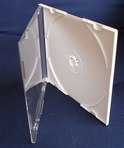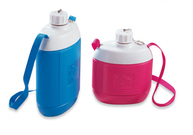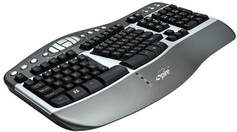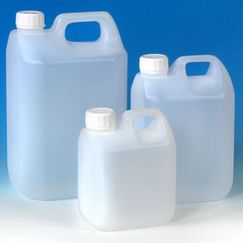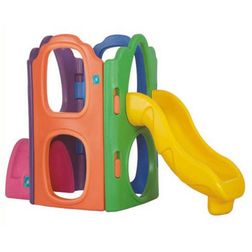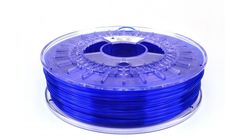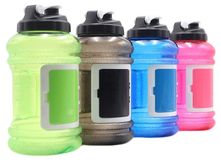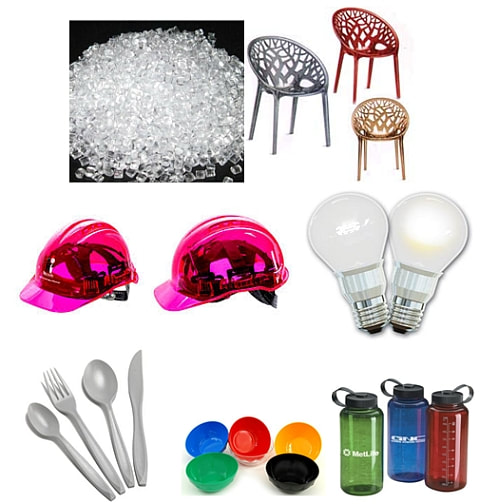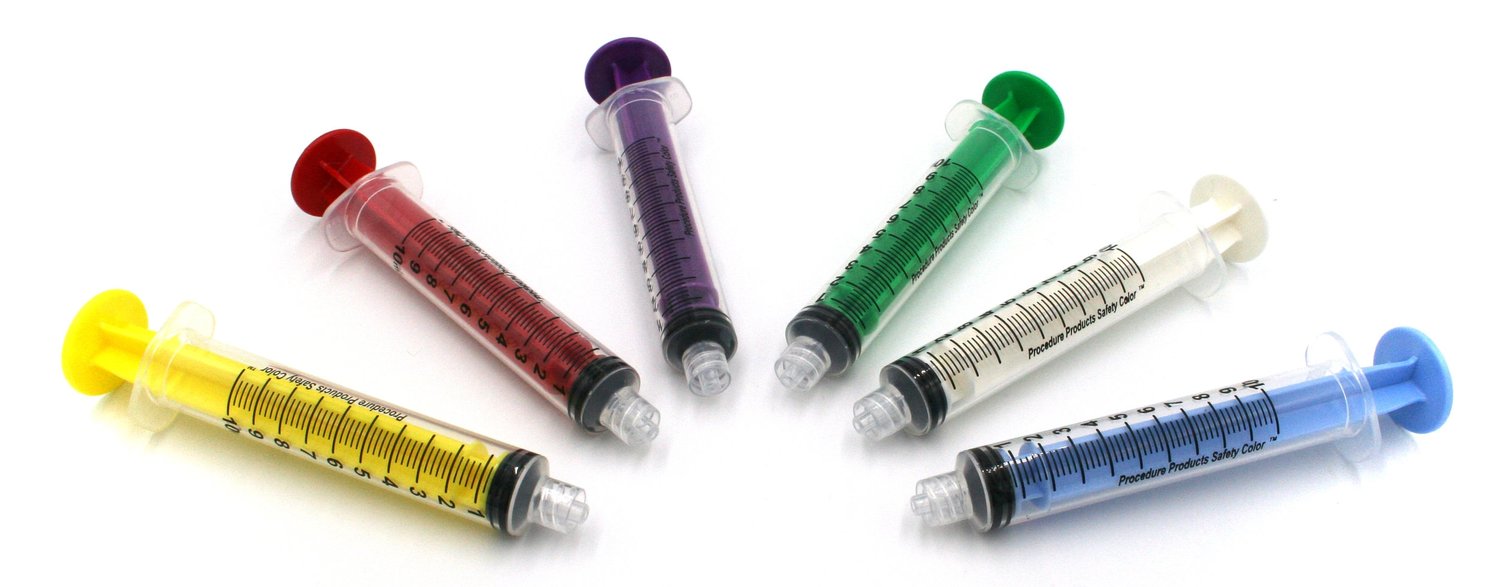13 Woodson Place, Wairau Valley, Auckland, NZ | 09 443 5652 | [email protected]
The plastics that we often use are called "Thermoplastics”. These resins are designed to allow them to be extruded in sheet form and then formed into a new shape if needed. Most of the plastics we commonly use can be purchased in various gauges or thicknesses. Our equipment is designed to efficiently vacuum form a wide variety of thermoplastics using a wide range of components. Below is a brief overview of these commonly used materials.
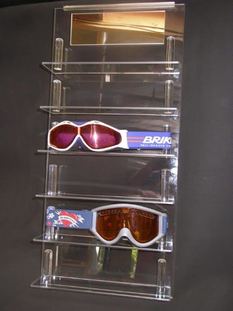
High Impact Polystyrene (HIPS) is a versatile, economical and impact-resistant plastic that is easy to machine and fabricate. HIPS is often specified for low strength structural applications when impact resistance, machinability, and low cost are required.
Used widely for toys, packaging, signs, kicking plates, display and point of sale, it is readily available in a wide variety of colours.
Performance Characteristics:
High impact strength
Good machinability
Easy to glue, paint, and print
Outstanding thermoforming characteristics
HIPS is often used for countertop point of purchase displays and indoor signs where ease of fabrication is essential. Because of its cheap cost, HIPS is used in applications of low strength requirements. For temporary displays and promotions, HIPS provides a beautiful but cost-effective solution.
